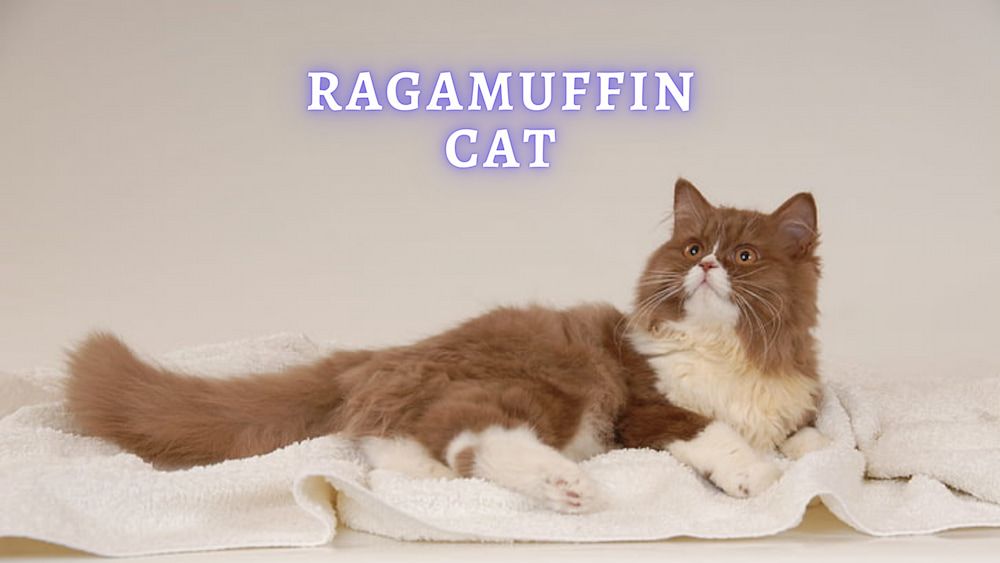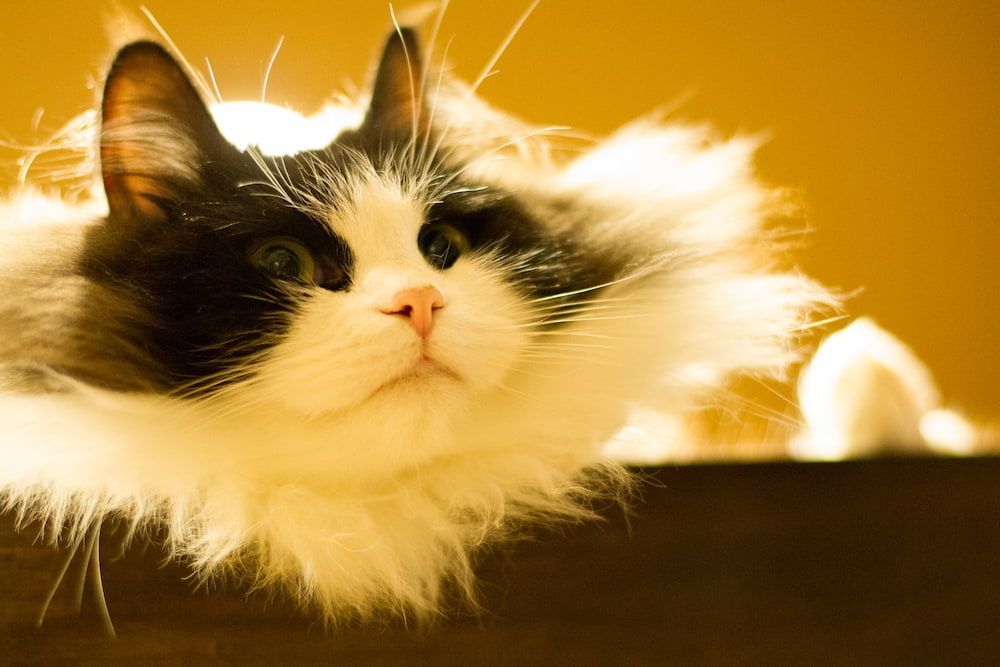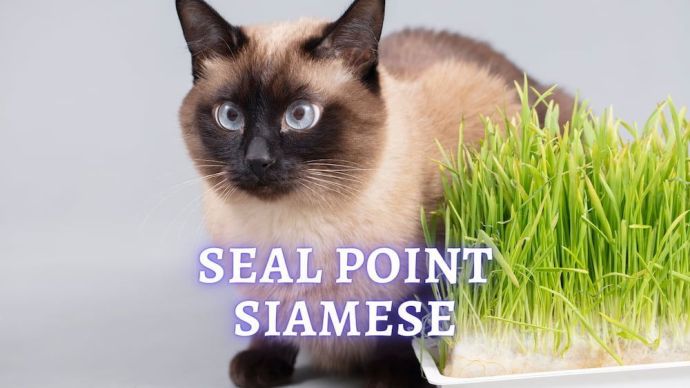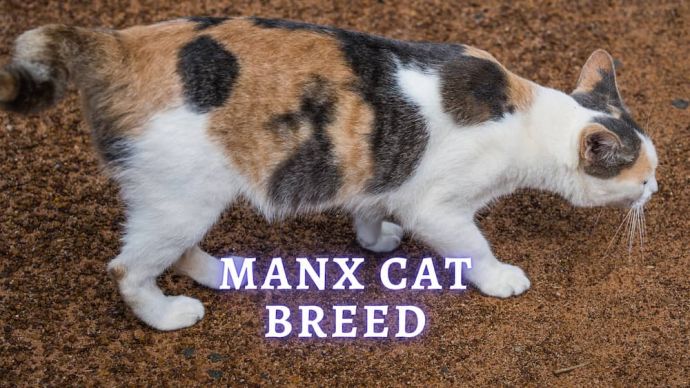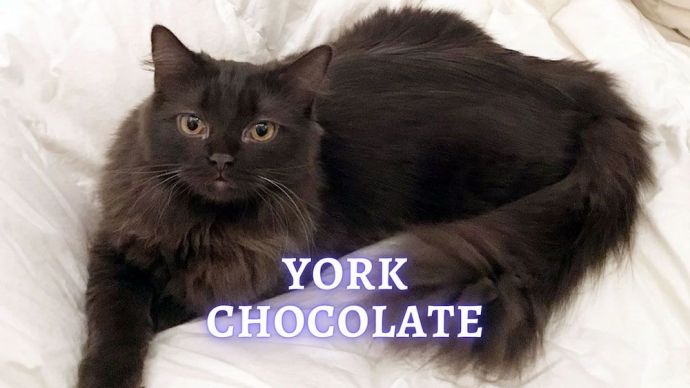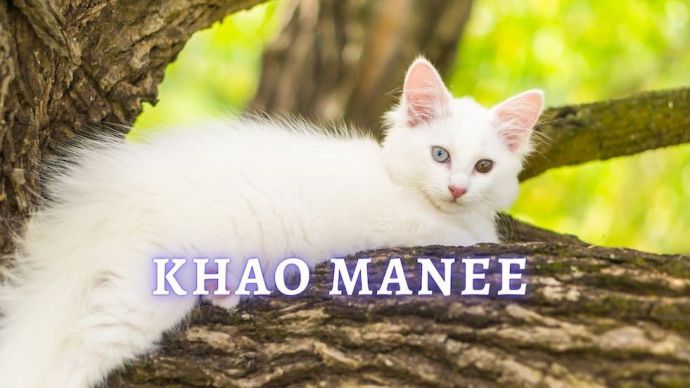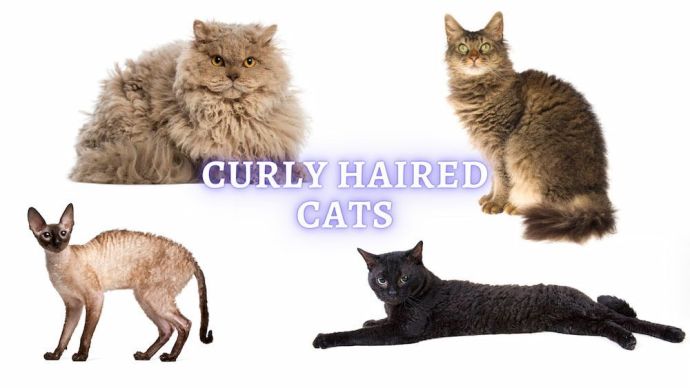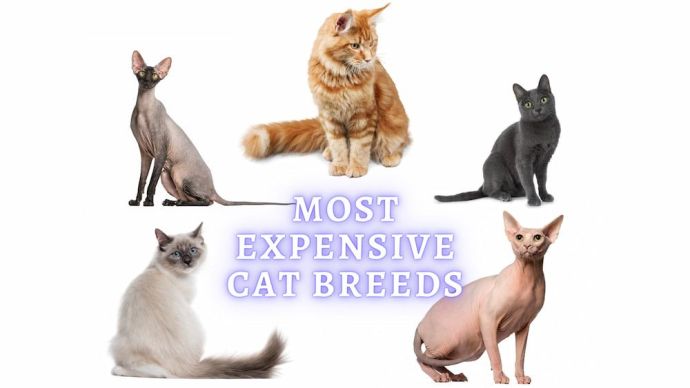Ragamuffin Cat: Personality, Size, Weight and Care Guide
Written by:
Author: Vicki Smirnova
Vicki Smirnova is a professional writer and editor who adores animals and helps readers get along well with their pets. She has been working in digital media for more than 5 years and has great experience writing content about lifestyle, including pets. Vicki specializes in dog health and nutrition, cat feeding, dog training. She is an aquarium lover and is passionate to write about fish care at home. Also, Vicki headed several websites and worked as a news editor.
View all 245 articlesLearn about our editorial process and veterinary review board.
Viewed: 55
Updated on: 05/05/2023
The Ragamuffin is a breed of domestic cats resulting from crossing the Ragdoll cat with various pure breeds and outdoor cats. It is a relatively new breed that is not widely established worldwide. They are, in many ways, similar to their counterparts, the Ragdoll cat, but have significant differences. The American Cat Fanciers Association, the Federation of Cat Fanciers, and the United Cat Organization recognize the breed.
Interesting Facts about the Breed
- Ragamuffins got their name because of their ancestors – outbred cats crossed with Ragdolls cats.
- The physical development of this breed ends by 4-4.5 years.
- The breed is non-confrontational and patient with children and other pets.
- The main problem with Ragamuffins is their tendency to become obese, and with an incorrect diet, Ragamuffins quickly turn into plus-sized cats.
- The breed has an extensive palette of colors, but not all are equally common. For example, white Ragamuffins are pretty rare.
- Kittens and adults are not adapted to prolonged loneliness, so leaving a pet in an empty house is cruel and unsafe for its psyche.
READ MORE: Do Cats Get Lonely When Left Alone?
Physical Characteristics Ragamuffin Cats
The average weight of an adult female is 10-15 pounds, and a male is 12-22. Another feature of the breed is an increased amount of fat in the abdomen, which gives the body a pleasant softness and roundness.
| Weight | 10-22 pounds |
| Height | 10-15 inches |
| Colors and Patterns | every color and pattern, except pointed colorations. |
| Eyes | large, walnut-shaped eyes. All colors are acceptable. |
| Lifespan | 12-16 years |
| Suitable for | first-time owners, multi-pet households, families with children, seniors |
These cats have wedge-shaped, broad heads with convex contours. The cat’s muzzle is short, oval, with a small but strong chin that becomes larger as the animal ages. The transition from the forehead to the muzzle is accompanied by a noticeable deflection, clearly visible in the profile. The neck is short but strong. With age, Ragamuffins become thicker and more muscular. The ears of this breed are small, proportional, and set at a slight inclination forward. The ear cloth itself is moderately pubescent and slightly expanded in the lower part. The eyes are large and widely set, and the iris has an intense color; in this case, eyes of all shades are acceptable, including heterochromia.
The body of the Ragamuffin cat is compact, of medium size, with a well-palpable fat layer in the lower abdomen. The animal should generally give the impression of a well-fed creature (no protruding ribs or spine). The cat’s chest should be rounded and wide; the line of the back should be even along the entire length.
The legs of the Ragamuffin are strong, with heavy bones and large rounded paws, between the toes of which tufts of soft wool stick out. The hind legs are usually longer than the front ones, but this does not affect the overall harmony of the appearance. It is of medium thickness, thinner, and more elegant at the tip. Usually, the tail is covered with light, airy hair.
All Ragamuffins have a medium or medium-long coat. Usually, the hair around the neck and along the contour of the muzzle is longer, which is why the head of the animal looks larger than it actually is. The hair is also quite long on the crown, shoulder blades, and back; on the sides and stomach, a little shorter. The texture of the plush coat is dense but silky and soft.
Theoretically, the coat color of the Ragamuffin can be any color, but, for example, CFA specialists always reject color-pointed ones, preferring tabbies and bicolors. Otherwise, there are no strict selection criteria for the type of color for this breed. In particular, cats are allowed to have white spots and medallions on their chest, belly, and back; their size and number do not play a significant role. As for the skin on the paw pads and nose, there are no requirements for it. Pink, two- or three-color – all types of colors are acceptable for these areas. [1]
Personality and Temperament
The Ragamuffin is a balanced pet. Otherwise, an extraordinary approach to the members of this small clan is not required. With the use of cat litter, there are no difficulties, either.
In general, Ragamuffins are docile, not capricious, and have no habit of acting evil or vengeful, and they can even be trained to walk on a leash. Usually, the Ragamuffin cat is purely an indoor cat, although if you live in a private house, it will be happy to walk outside. But you need to be careful – this pet has a fighting temper and can easily fight with a neighbor’s cat.
Generally, the breed can be called decorative: these well-fed cats appreciate home comfort and get lost when outside alone.
Compatibility with Children and Other Pets
The Ragamuffin treats children well and normally perceives other pets if they do not show aggression toward them. Of course, both children and other pets need to be taught how to properly treat the cat, and strangers are treated friendly.
Diet and Care
As a rule, Ragamuffins have a fatty layer in the lower abdomen. Such fat is acceptable for the breed, but this is not an excuse for allowing the pet to gain weight or lose shape. The nutrition of the Ragamuffin must be controlled. Breeders recommend switching to dry food designed for cats with reduced motor activity and slow metabolism. By the way, it is more expedient to give preference to grain-free varieties, which do not include wheat, soybeans, or corn. The cat should also be provided with a bowl of filtered water. Some professional breeders promote menus based on wet canned food, the calorie content of which, compared to industrial “drying,” is several times lower.
In order for calm Ragamuffins to not become overweight, in addition to games, they need interactive exercises. If necessary, owners should make special time to play with the pet.
The luxurious Ragamuffin coat is actually easier to care for than it might seem. It should be brushed frequently to keep the coat from matting. Longhaired domestic cats do not have a full undercoat, and they shed moderately. In addition, be sure to trim the claws two times a month and keep your pet’s ears clean, removing deposits and dirt. [2]
RELATED: Best Cat Food for Weight Loss (Vet Approved List)
Health and Lifespan of Ragamuffin Breed
These are healthy cats with no genetic or other problems (other than obesity). Yes, they love to eat, and you need to get your pet’s diet right – especially considering the already rather large size and tendency to be overweight.
How to Choose the Right Ragamuffin Kittens
Buying an animal online is a rather risky business because you can get outbred kittens and sick ones. Therefore, in order to get a true pure breed, healthy and well-groomed pet. You should also not buy an animal from a photo – you should look at your future friend in real-time, make sure that its parents are really Ragamuffins cat breed, and check the conditions for their maintenance.
People also ask:
What two breeds make a Ragamuffin cat?
The Ragamuffin is a branch of the Ragdoll breed. The first breeder is considered to be Ann Baker, who also created the Ragdoll breed. The Ragamuffin differs significantly from the Ragdoll in its size – it is significantly larger. The crossing was made with Turkish Angoras, Burmese, Himalayans, Persians, and domestic longhaired cats to achieve this larger size.
Do Ragamuffin cats like to be held?
The Ragamuffin cat breed is affectionate and playful; they are good-natured pets. They love to sit on laps and be stroked. They get along well with children and other animals in the house, making them ideal family pets.
What’s the difference between Ragdoll and Ragamuffin cats?
The Ragamuffin is significantly larger than the Ragdoll. The crossing was made with Turkish Angoras, Burmese, Himalayans, Persians, and domestic longhaired cats to do this. The Ragdoll is more of a phlegmatic pet, while the Ragamuffin longhaired cats has more energy and is more prone to participate in various activities. It has a more active mind and will gladly participate in games with family members; moreover, it will often be the initiator.
Are Ragamuffin cats good pets?
They are calm, intelligent, and very affectionate pets. They are very domestic and great for apartment living. Ragamuffins love attention and affection, and they love to sit on their people’s laps.
Conclusion
Usually calm and adaptable to changes in routine, the Ragamuffin is the perfect companion for people who live in apartments. This beautiful cat loves affection and enjoys sitting on people’s laps. We can say that it combines the best features of a cat’s character. Additionally, add intelligence and extraordinary devotion, making them excellent companions for the whole family.
Article Sources:
- “RagaMuffin Kittens for Sale: Best RagaMuffin Kittens Ever!” RagaMuffin Kittens for Sale, 19 Oct. 2022, ragamuffinkittens.org/.
- RagaMuffin – The Cat Fanciers’ Association, Inc. 1 May 2023, cfa.org/ragamuffin/.
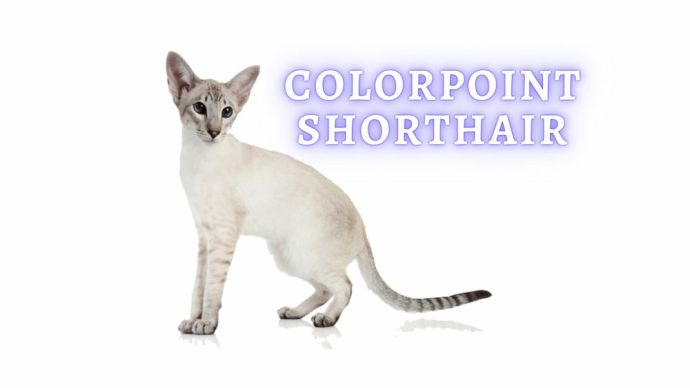 Cat Breeds Colorpoint Shorthair: Colorpoint Shorthair Cat Breed History, Temperament and Personality
Cat Breeds Colorpoint Shorthair: Colorpoint Shorthair Cat Breed History, Temperament and Personality - 198
- 0
 Cat Care Why Does My Cat Attack My Legs? 10 Reasons Why and What To Do About It (Vet-Approved Advice)
Cat Care Why Does My Cat Attack My Legs? 10 Reasons Why and What To Do About It (Vet-Approved Advice) - 45077
- 21
 Cat Veterinary Tips Cat Stomach Gurgling: Vet Advice on Why is Your Cat Stomach Gurgling?
Cat Veterinary Tips Cat Stomach Gurgling: Vet Advice on Why is Your Cat Stomach Gurgling? - 33729
- 4
 Cat Veterinary Tips My Cat Lost its Voice: Can Cats get Laryngitis? (Vet Advice)
Cat Veterinary Tips My Cat Lost its Voice: Can Cats get Laryngitis? (Vet Advice) - 22889
- 13









